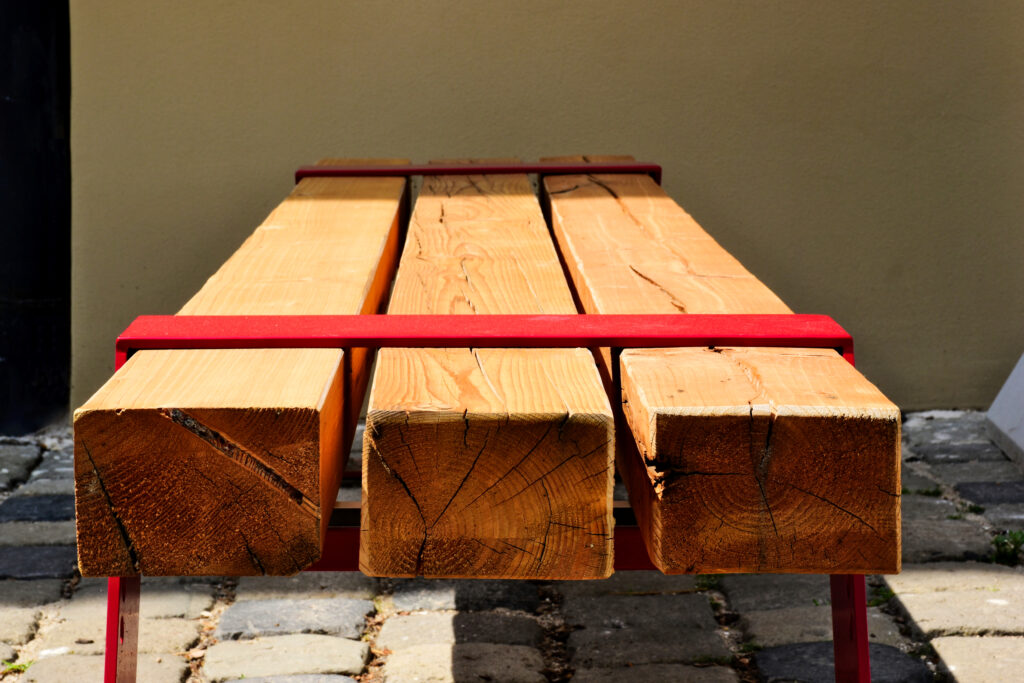As Australian cities continue to grow, the need for smart, long-term urban planning and design is more critical than ever. One key factor in shaping sustainable and adaptable public spaces is street furniture like commercial outdoor benches and bus shelters to name a few. By investing in high-quality, durable, and flexible urban furniture solutions, councils and city planners can future-proof their cities, ensuring functionality, sustainability, and cost-effectiveness for years to come.
The Importance of Durability and Sustainability
A city’s infrastructure should be built to last, and that includes park and street furniture. Choosing durable materials such as stainless steel, aluminium, and composite timber ensures longevity while reducing maintenance costs. Recyclable materials like high-density polyethylene (HDPE) and powder-coated steel further enhance sustainability by minimising waste and allowing for repurposing at the end of their lifecycle. Investing in quality furniture also reduces the frequency of replacements, saving both time and public funds.
Adapting to Future Needs with Modular Designs
Urban landscapes are constantly evolving, and commercial outdoor benches and other street furniture must keep up. Modular designs allow for greater flexibility, enabling councils to reconfigure seating arrangements, add new elements, or replace parts as needed. This adaptability ensures that urban spaces can be adjusted based on population growth, changing traffic patterns, and evolving community needs.
Enhancing Public Transport with Functional Infrastructure
A well-connected and accessible transport system is a crucial element of future-ready cities. High-quality bus shelters provide commuters with comfort and protection from the elements, encouraging more people to use public transport. Incorporating solar panels, digital screens with real-time updates, and smart lighting can further improve user experience and enhance urban mobility.
Integrating Smart Technology for a Modern Approach
Smart technology is rapidly transforming urban environments. Future-proof streetscape furniture should incorporate features like USB charging ports, solar-powered lighting, and Wi-Fi hotspots to enhance usability. Smart bins with sensors that notify waste management teams when full can improve cleanliness, while interactive seating with built-in QR codes can provide information about local attractions and events. These are just some of the innovative concepts we can look forward to in the future regarding urban design and city planning.
Encouraging Sustainable and Active Lifestyles
Beyond practicality, street and park furniture should promote sustainability and active lifestyles. Bike racks encourage cycling as an alternative mode of transport, reducing emissions and congestion. Water refill stations help minimise plastic waste, while shaded seating areas and pedestrian-friendly spaces make it easier for people to walk and socialise outdoors, fostering healthier communities.
Future-Proofing Through Thoughtful Planning
Ultimately, future-proofing Australian cities requires a forward-thinking approach to park and street furniture design. By prioritising durability, modularity, and sustainability, councils can create adaptable public spaces that evolve with changing urban demands. Whether through smart bus shelters, versatile commercial outdoor benches, or other innovative solutions, investing in quality streetscape furniture is an investment in the longevity and liveability of our cities.
By making the right choices today, we can ensure that Australia’s urban spaces remain welcoming, functional, and sustainable for future generations.






